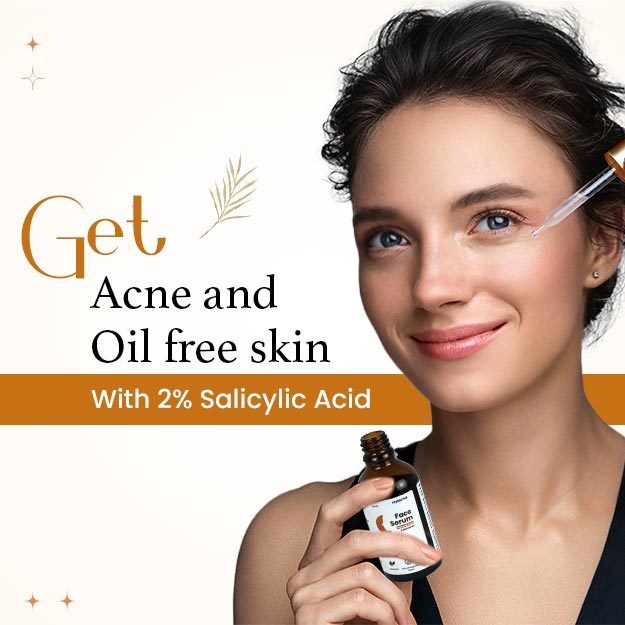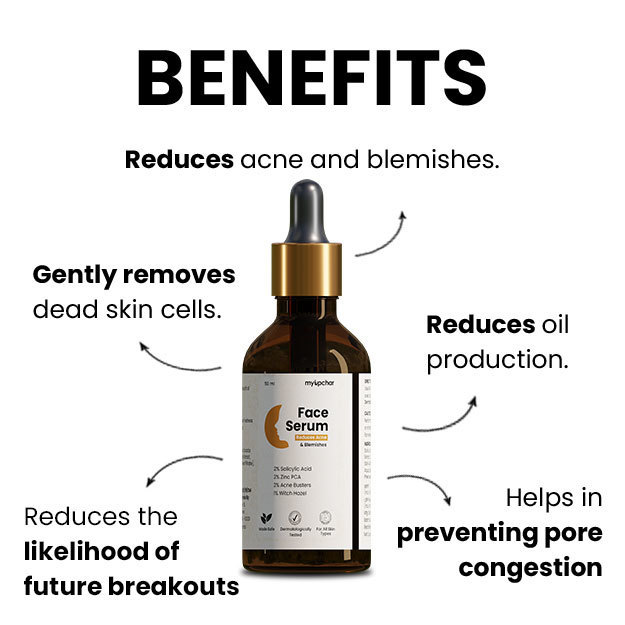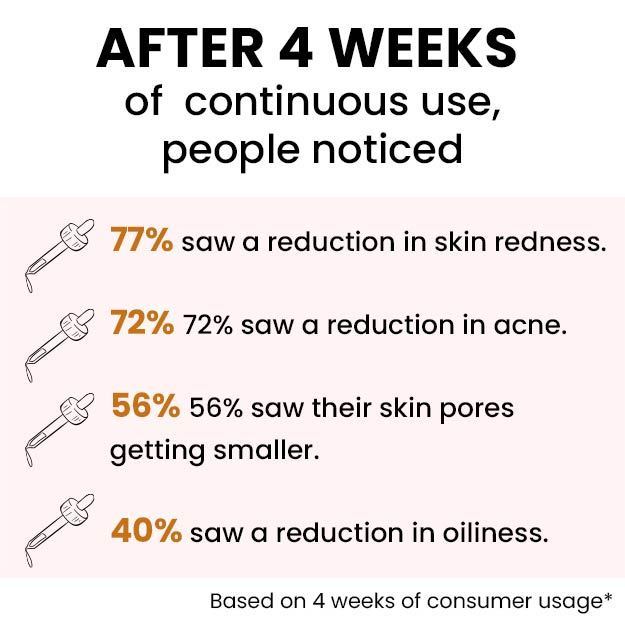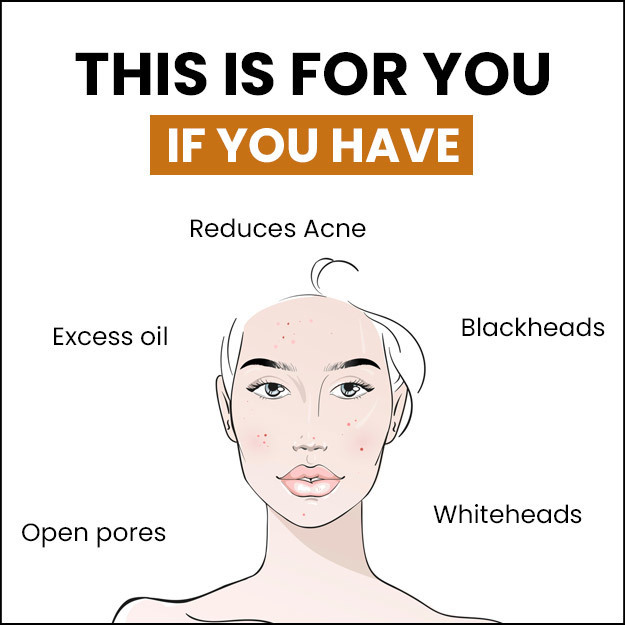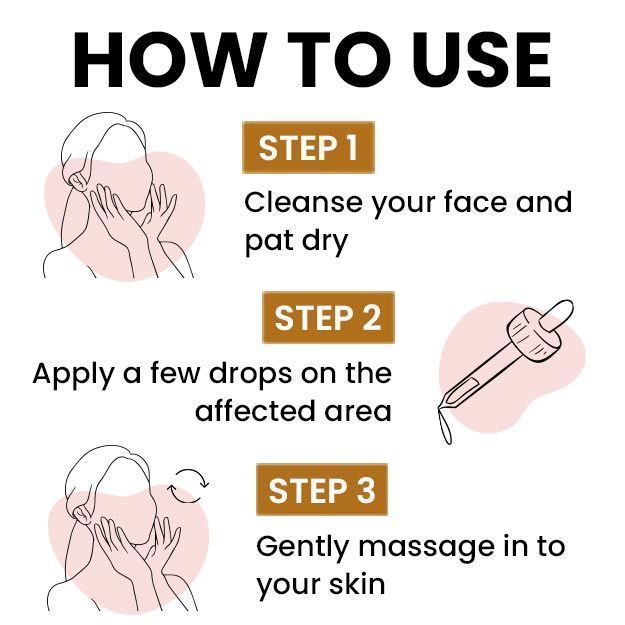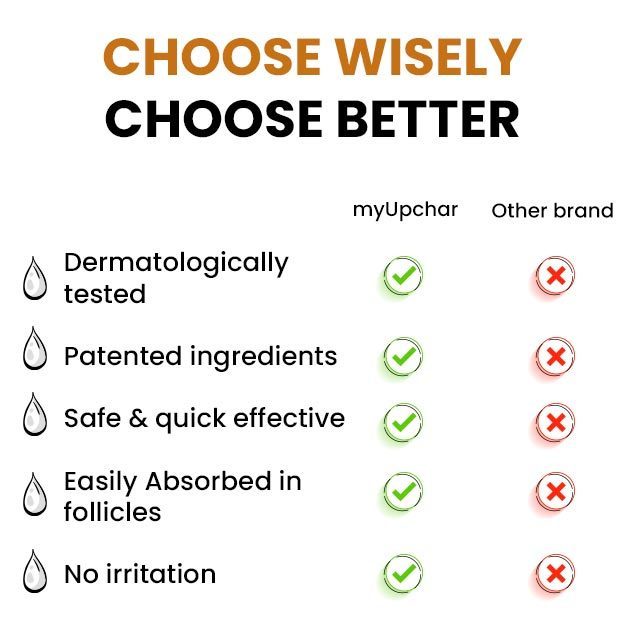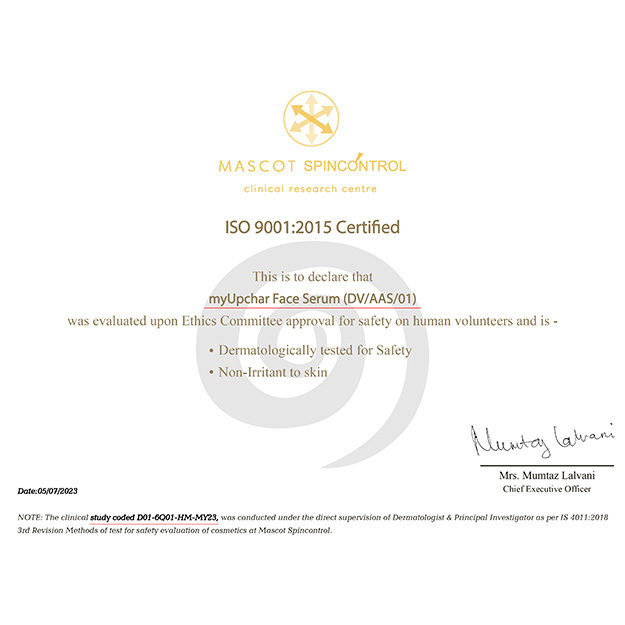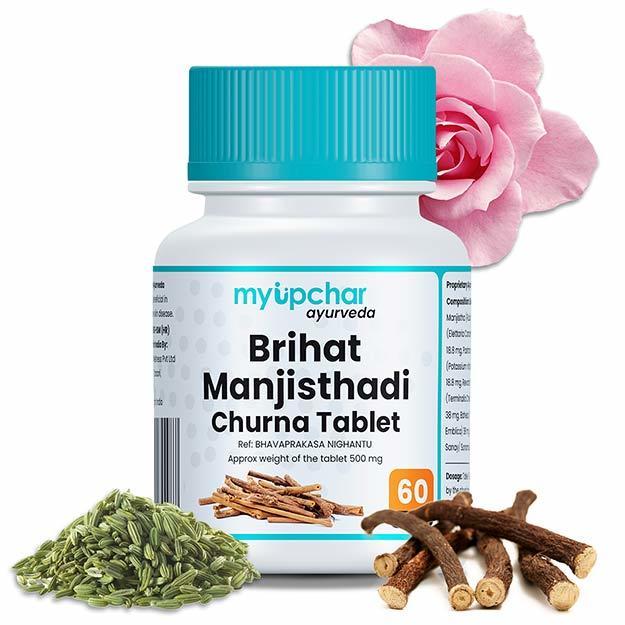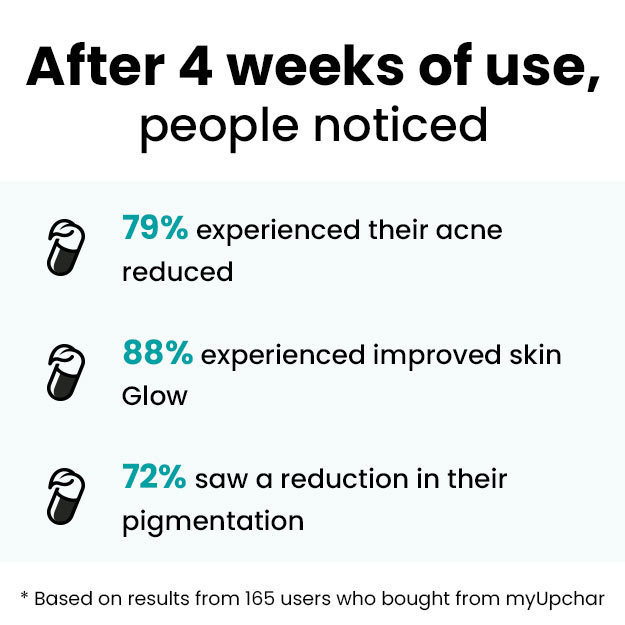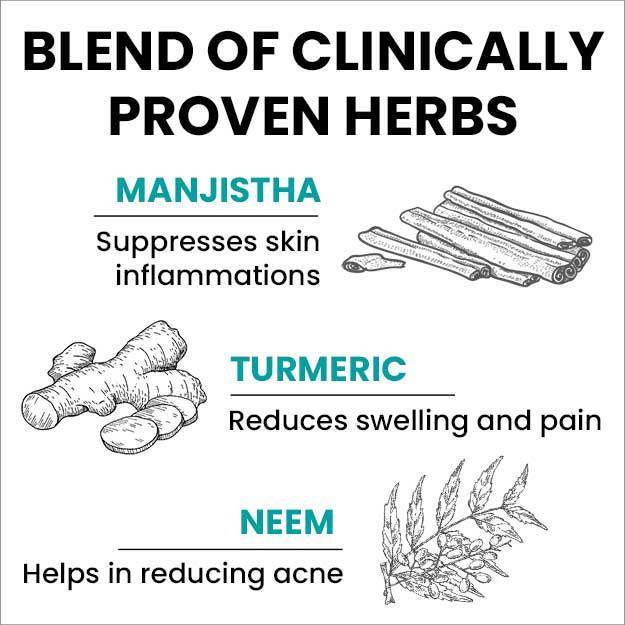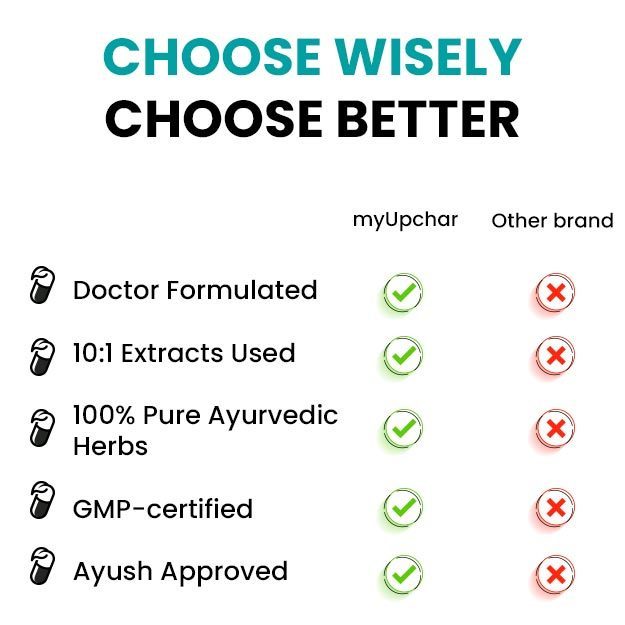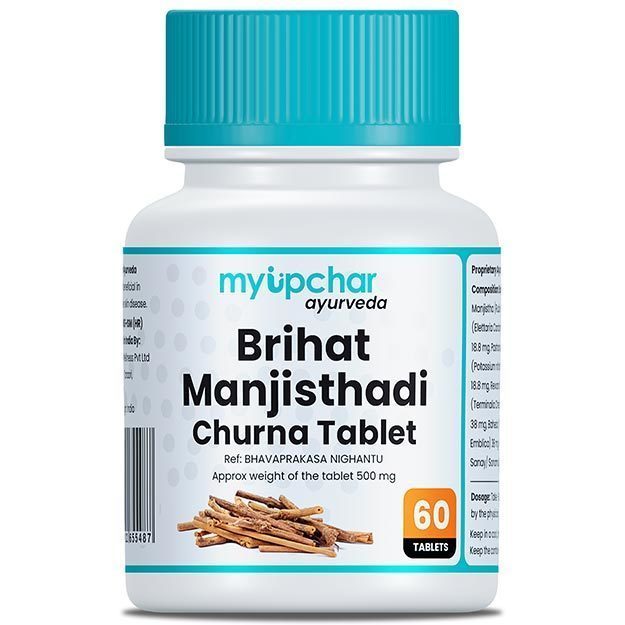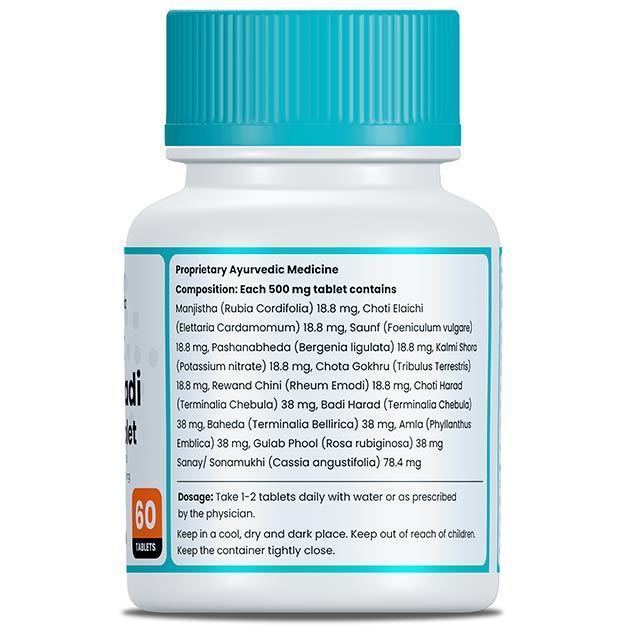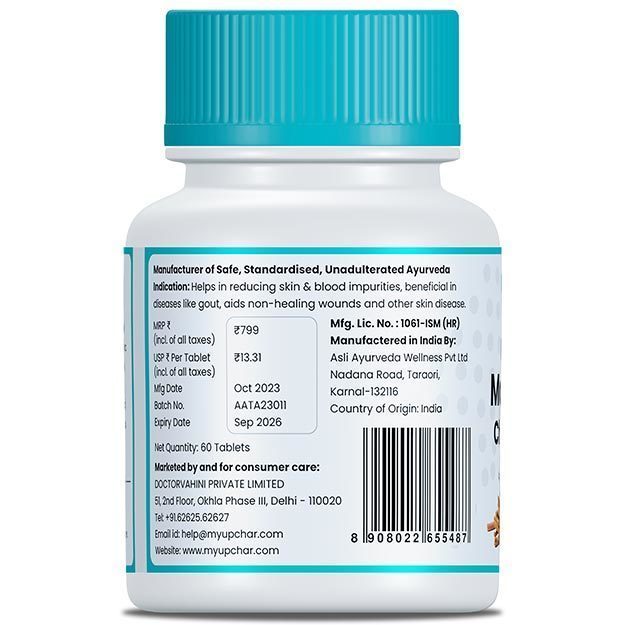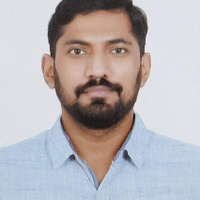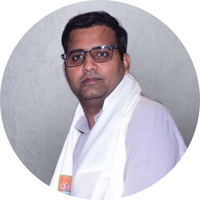The following are some fruit masks that can help reduce pigmentation:
A few review articles on honey and lemon for example Traditional and Modern Uses of Natural Honey in Human Diseases, and Citrus fruits as a treasure trove of active natural metabolites that potentially provide benefits for human health provide a clue about their skin benefits. These reviews showed that lemon and honey both have antioxidant, exfoliating, anti-melanogenesis (preventing melanin formation) and anti-inflammatory properties. They help to get rid of pigmentation, reduce inflammation, and make your skin healthy, bright, and glowing.
Read more: How to get glowing skin at home
How to use?
You may use one teaspoon each of honey and lemon juice, mix them well, and dab a cotton with it. After this, use gentle hands to massage the affected area with this cotton using circular motions and leave it to stay there for 15-20 minutes. You may do this two times a day for a period of 3-4 weeks or can also use this on a daily basis because its ingredients are natural.
Cucumber has antioxidant properties owing to the presence of vitamin A and vitamin C, and carotenes. Zeaxanthin and lutein present in cucumber help in shrinking skin pores, lightening the skin and removing dead skin cells.
Read more: Open pores causes
How to use?
Take fresh cucumber juice and apply it to the affected skin. Leave it on for half an hour then wash and pat dry. Do it once daily till changes in the affected skin are tangible.
Tomatoes are known for their antioxidant properties owing to the presence of lycopene. Lycopene helps in reducing the pigmentation on your skin which happens due to damage by sunlight.
How to use?
You can either blend tomatoes or take tomato puree and mix it with a few drops of olive oil. Apply this paste to the pigmented skin. You are supposed to leave it for 15-20 minutes and wash it off with slightly warm water. You will start seeing changes in 2-3 weeks.
A study done to assess the protective effects of herbs on skin says that avocados are rich in vitamin C, vitamin E and oleic acid, which are effective in protecting the skin against UV rays and reducing skin pigmentation.
How to use?
Grate a slice of avocado and make a smooth paste and apply it on the dark spots twice daily for a month. You may also add some honey and milk to the paste and leave it on the skin till it dries. Rinse it with lukewarm water. Do it once daily for a month.
A study conducted in 2014 said that raw papaya has exfoliating and antioxidant properties, which help in removing the dead skin cells and preventing skin damage. thus aiding in the reduction of skin pigmentation.
How to use?
You may take a three-inch slice of papaya and add half a teaspoon of honey, a pinch of turmeric, a few drops of lemon juice and milk to it. You are supposed to blend them to make a paste and apply it twice daily on the pigmented area. Let the paste stay on the skin for 20 minutes and finally, rinse it with lukewarm water. Do this for at least a month.
In the study, "Anti-inflammatory and antioxidant activities of extracts from Musa sapientum peel", it was found that banana is a very good natural exfoliator and antioxidant. It helps in removing dead skin cells. Thus it also helps in gently removing pigmented cells.
How to use?
You can use half a banana (unripe), one teaspoon of honey, and one teaspoon milk to make a creamy paste for your skin. Blend or mash them together so that it stays free of lumps. Wash your hands before applying it on the affected skin. Apply an even layer of this paste and keep it there for 30 minutes. Use this mask for a month to see the results. Gently wash it with lukewarm water and pat dry your skin.
A study published in the Journal of Clinical and Aesthetic Dermatology on the effectiveness of natural ingredients on hyperpigmentation suggests that mulberry has an active component which not only inhibits the activity of tyrosine but also helps in removing free-oxygen radicals which are responsible for skin damage.
How to use?
Mulberry extract is available as a skin serum with other essential oils. You may refer to the packaging to know the right way of using the product.
A study published in the Indian Journal of Dermatology says that strawberry contains flavonoids which effectively inhibit synthesis of melanin. Hence, they make strawberry an alternative method to treat skin pigmentation.
How to use?
You may take 2-3 fresh strawberries and mash them well to make a paste. To this, you may add half a teaspoon of honey and mix well. Take this paste in clean hands and apply on the affected skin area. You are supposed to gently massage the skin using circular motions for about 2-3 minutes. After this, let it set on your skin for 15 minutes and wash it off with lukewarm water. Following this, wash your face with cold water to close the skin pores. Use this method for at least a month to see the results.






